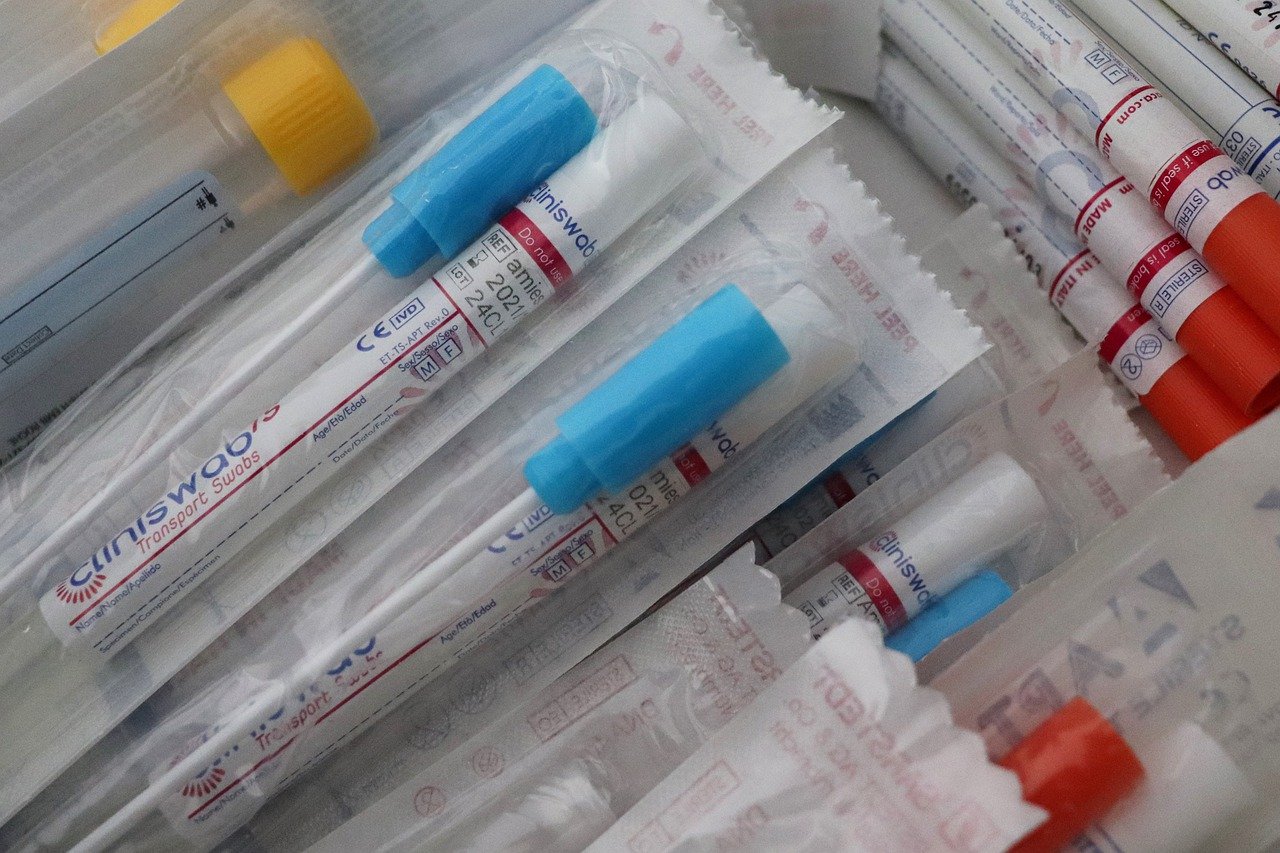On Thursday, the Mid-Ohio Regional Planning Commission (MORPC) released its annual air quality report. The report provides a summary of air quality data from November 2018-October 2019. Findings from the 2018-2019 air quality season continued the trend of improved air quality in Central Ohio.
MORPC issues daily air quality forecasts and notifies the public when ozone and particle pollution levels are considered to be unhealthy for sensitive groups of people.
“While we experienced more days that fell in the ‘moderate’ range than in the ‘good’ range due to above average temperatures during the past year, overall the air is more breathable than it used to be,” said Brooke White, MORPC senior air quality specialist. “That is not to say we don’t need to worry about air pollution anymore, but that we are on the right track. Moving forward, our region will continue efforts to further improve the quality of the air.”
From March through October, ground-level ozone levels peaked when warm temperatures and sunlight, mixed with pollutants, enhanced the formation of ozone. This resulted in unhealthy levels of air pollution triggering Air Quality Alerts. During that time, July 15 was the only day that air pollution levels reached the “unhealthy for sensitive groups” range for ozone on the Air Quality Index. This is the first year in the last two decades that there was only one day with air pollution levels reaching the “unhealthy for sensitive groups” range for ozone.
There were no days when particle pollution (PM2.5) reached the “unhealthy for sensitive groups” range during the 2018-2019 season. On days with an Air Quality Alert, people more sensitive to air pollution – including children, those with lung illnesses such as asthma, and older adults – can begin to experience symptoms like shortness of breath and wheezing.
Over the past 26 years, the number of high ozone days has generally declined in Central Ohio. Since 2013, Central Ohio has experienced an average of five high ozone days each year, compared to the average of 30 days per year from 2000 to 2012.
Although the number of days with air pollution levels that were “unhealthy for sensitive groups” declined in the 2018-2019 season, the number of days with “good” air pollution levels also decreased from 81 percent to 78 percent in 2018-2019 versus 2017-2018.
“This report comes on the heels of Central Ohio’s designation as the first non-attainment area in the nation to meet the most recent federal air quality standard for ozone, as well as all other federal air quality standards,” said MORPC Planning & Sustainability Director Kerstin Carr. “Our region should be proud of the many local programs that are contributing to cleaner air.”
Local programs, such as Smart Columbus, Downtown C-pass and MORPC’s Gohio Commute program – that encourage ridesharing, driving electric vehicles, riding transit, biking and walking – help in keeping harmful pollutants out of the air.
The Central Ohio Air Quality End of Season Report can be viewed directly here or at morpc.org/airquality, where residents can also sign up to receive free Air Quality Alert notifications.









